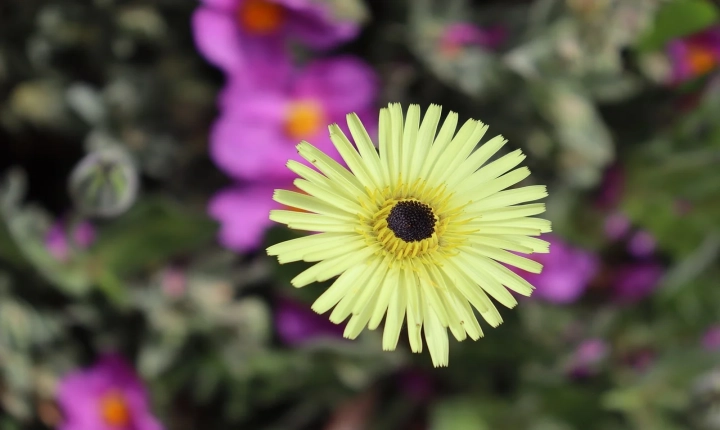Artificial intelligence (AI) has revolutionized the way photos are created, providing advanced tools and techniques for enhancing and modifying images. Through the use of machine learning algorithms and deep learning models, AI technologies can generate unique and realistic photos that were previously only achievable by skilled artists and photographers.
One popular method for creating AI photos is through the use of generative adversarial networks (GANs). GANs consist of two neural networks – a generator and a discriminator – that work together to generate new images. The generator produces new images based on input data and the discriminator evaluates the generated images, providing feedback to the generator for further refinement. This process continues until the generated images closely resemble real photographs. GANs have been used to create photorealistic images of people, landscapes, and objects, demonstrating the incredible potential of AI in the field of photography.
Another approach to generating AI photos is through the use of style transfer algorithms. These algorithms allow users to apply the artistic style of one image to another, creating visually stunning and unique results. By leveraging deep learning techniques, style transfer algorithms can extract the visual characteristics of a given style image and apply them to a target image, resulting in an entirely new and imaginative composition.
Furthermore, AI-powered photo editing tools have become increasingly popular, offering users a wide range of features to enhance, modify and manipulate images. From automatic image enhancement and object removal to intelligent resizing and content-aware fill, these tools leverage AI to provide efficient and effective photo editing capabilities that were once only achievable through manual labor and professional expertise.
Additionally, AI technologies can help photographers and content creators in organizing and indexing their photo libraries. By leveraging machine learning algorithms, AI can analyze, categorize, and tag images based on their content, making it easier to search and find specific photos within a large collection. This significantly streamlines the process of managing and accessing visual assets for various purposes.
It is important to note that while AI technologies have made significant strides in the realm of photo creation and editing, they are not without their limitations. AI-generated photos may sometimes lack the nuanced details and subtleties that are characteristic of human creativity and perception. As such, there continues to be a balance between the capabilities of AI and the ingenuity of human artistry in the realm of photography.
In conclusion, AI has fundamentally transformed the processes and possibilities of creating and editing photos. From generative adversarial networks to style transfer algorithms and intelligent photo editing tools, AI technologies have opened up a new world of visual possibilities, enabling photographers and artists to create captivating and innovative images with unprecedented ease and efficiency. As AI continues to advance, the future of photo creation is sure to be marked by even more remarkable developments in the field of artificial intelligence.
